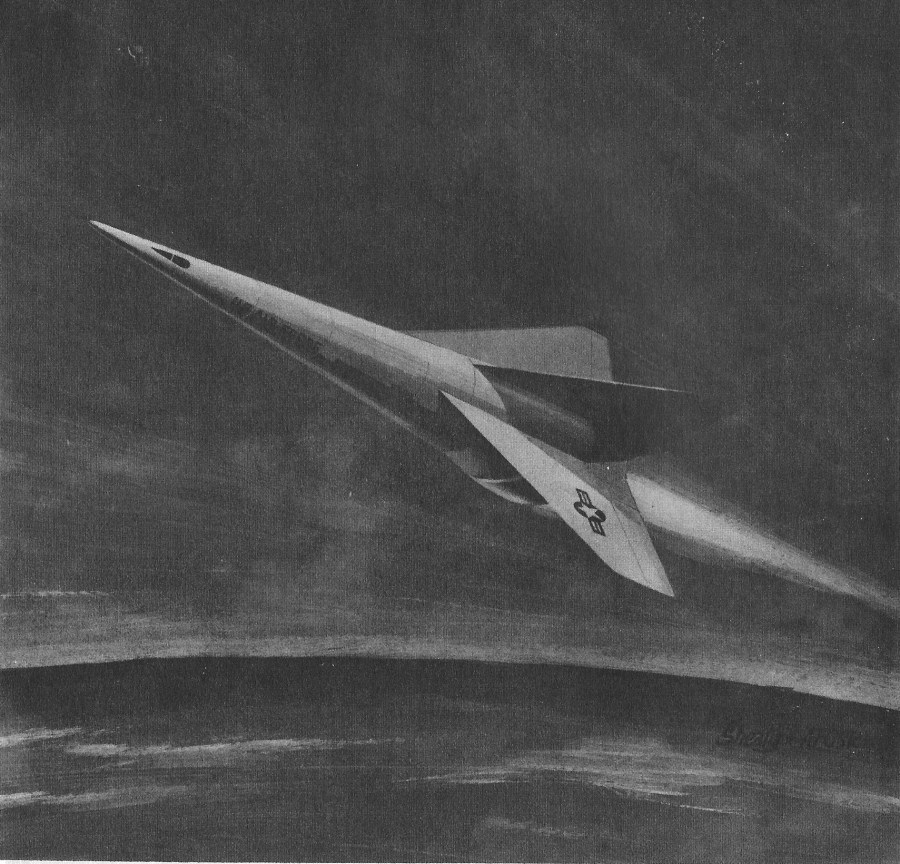Russia to Target US, Coalition Aircraft Over Syria
Oh, good. Russia shooting down Malaysian airliners over Ukraine is bad enough, but shooting down American combat aircraft? That’s a whole new level of stupid.
Now, there is a valid argument to be made over whether the US should be in Syria at all. A case can be made that we shouldn’t, thus freeing up ISIS forces to dominate the region, spreading death and decay, and forcing the Europeans to either man up or begin the process of knuckling under. But so long as we’re there, US planes should do their job, which includes wiping out Assads criminal military actions. And if Russian forces try to shoot down US planes, they should be counter-attacked in response. And that sort of thing tends to escalate.







